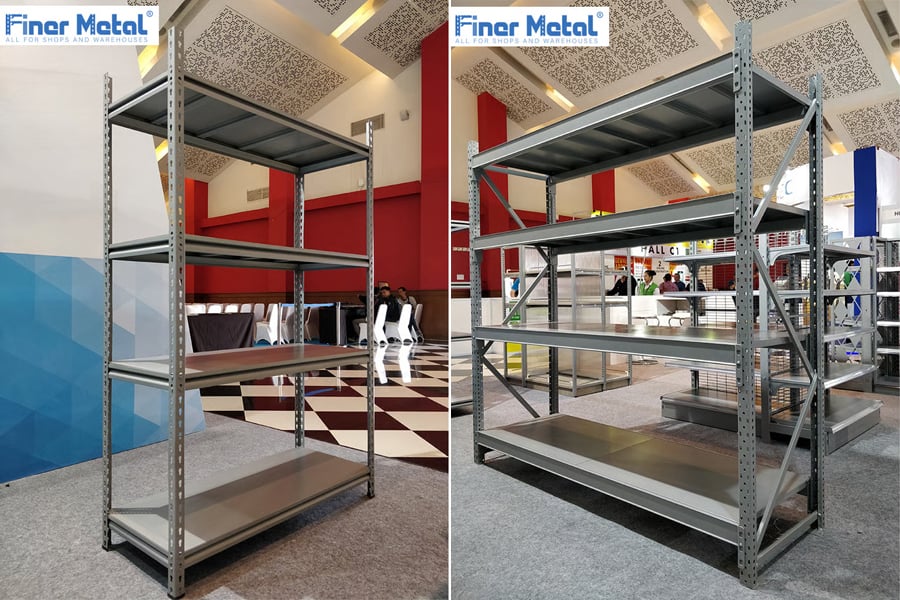Understanding Rivet Connection Strength
When it comes to joining two materials together, rivet connections are known for their strength and reliability. The design of the rivet itself plays a crucial role in determining the overall strength of the connection. The way the rivet is installed and the materials being joined also impact the strength of the connection.
Factors Affecting Rivet Durability
Durability is another key factor to consider when it comes to rivet connections. The materials being joined, the environment in which the connection is used, and any external forces the connection may be subjected to can all affect the durability of the rivet connection. Understanding these factors is essential for ensuring the longevity of the connection.
Choosing the Right Rivet for the Job
There are various types of rivets available, each with its own unique set of characteristics. When selecting a rivet for a particular application, it is important to consider factors such as the materials being joined, the required strength of the connection, and the environmental conditions the connection will be exposed to. Choosing the right rivet is crucial for ensuring both strength and durability.
Installation Techniques for Maximum Strength
The way a rivet is installed can have a significant impact on the strength of the connection. Proper installation techniques, such as using the correct tools and methods, are essential for ensuring that the rivet forms a secure and reliable bond between the two materials. Understanding and implementing the proper installation techniques is key to achieving maximum strength in a rivet connection.
Maintaining Rivet Connection Durability
To ensure the durability of a rivet connection over time, proper maintenance is essential. Regular inspections should be conducted to check for any signs of wear or damage, and any issues should be addressed promptly. Lubrication and corrosion prevention techniques can also help prolong the durability of the connection.
Testing Rivet Connections for Strength
Testing is an important step in determining the strength and reliability of a rivet connection. Various testing methods, such as tensile and shear tests, can be used to assess the strength of the connection under different conditions. By conducting thorough testing, engineers can ensure that the rivet connection meets the required strength specifications.
Benefits of Using Rivet Connections
Rivet connections offer a number of benefits, including high strength, reliability, and resistance to vibration and fatigue. They are also easy to install and provide a tight and secure bond between the materials being joined. These factors make rivet connections a popular choice in a wide range of industries.
Applications of Rivet Connection Strength and Durability
Rivet connections are commonly used in a variety of industries, including automotive, aerospace, and construction. They are ideal for joining materials that require high strength and durability, such as metal sheets, panels, and components. Their ability to withstand high loads and harsh environmental conditions makes them well-suited for a wide range of applications.
Improving Rivet Connection Performance
To enhance the performance of rivet connections, engineers are constantly developing new techniques and materials. Innovations in rivet design and installation methods are helping to improve the strength and durability of rivet connections, making them even more reliable in demanding applications.
Conclusion
In conclusion, rivet connections are known for their strength and durability, making them a popular choice for joining materials in various industries. By understanding the factors that affect rivet connection strength and durability, as well as choosing the right rivet and installation techniques, engineers can ensure the reliability and longevity of these connections.
Quote Inquiry
contact us

